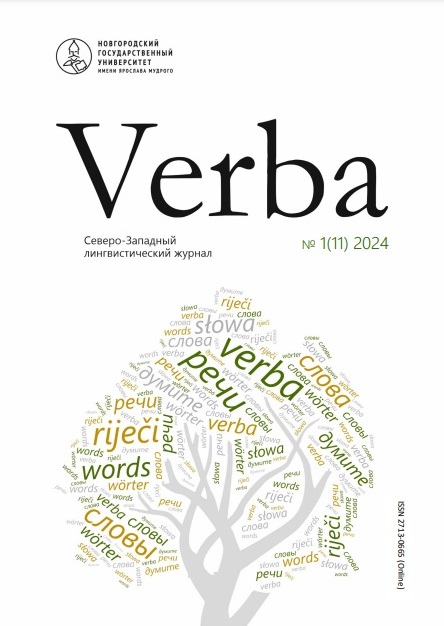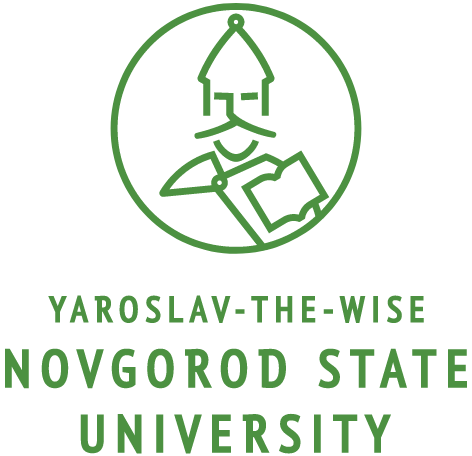One-month words mirrored by operational neography
DOI:
https://doi.org/10.34680/VERBA-2024-1(11)-8-20Keywords:
neology, neologism, operational neography, neological base, contamination, compound, affixation, connotationAbstract
The article discusses the problems of lexicography of groups of new vocabulary that arose within one month in the modern Russian language in connection with socially significant news events, in academic operational neography. The study demonstrates the features of formation, semantics and functioning of the studied units in media discourse, identifies the characteristic features of one-month neologisms including their connection with a socially significant news feed, derivational activity, expressiveness, use of productive word-formation methods (affixation, compounding and contamination). The article reflects the basic principles of recording and describing neologisms of various types in the electronic neological database of the Institute for Linguistic Studies of the Russian Academy of Sciences. Based on the analysis, it is concluded that there is a mechanism for re-creating new words in connection with current news events. This mechanism is usually accompanied by a change in the semantic structure of words.
Downloads
Downloads
Published
How to Cite
Issue
Section
License
Copyright (c) 2024 Verba

This work is licensed under a Creative Commons Attribution-NonCommercial 4.0 International License.








